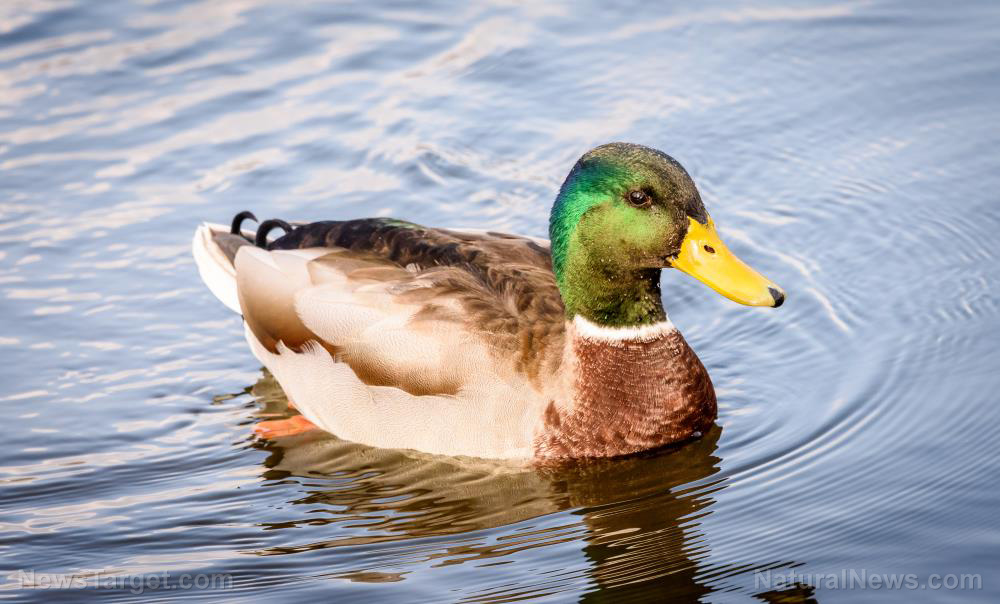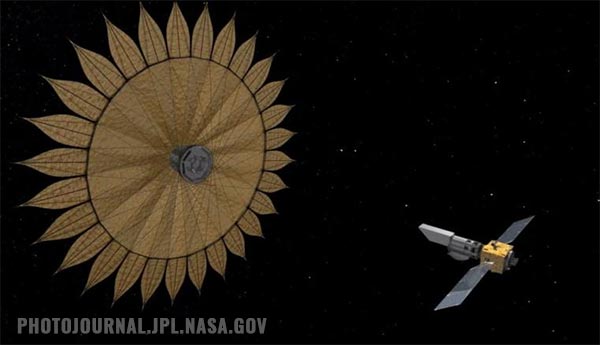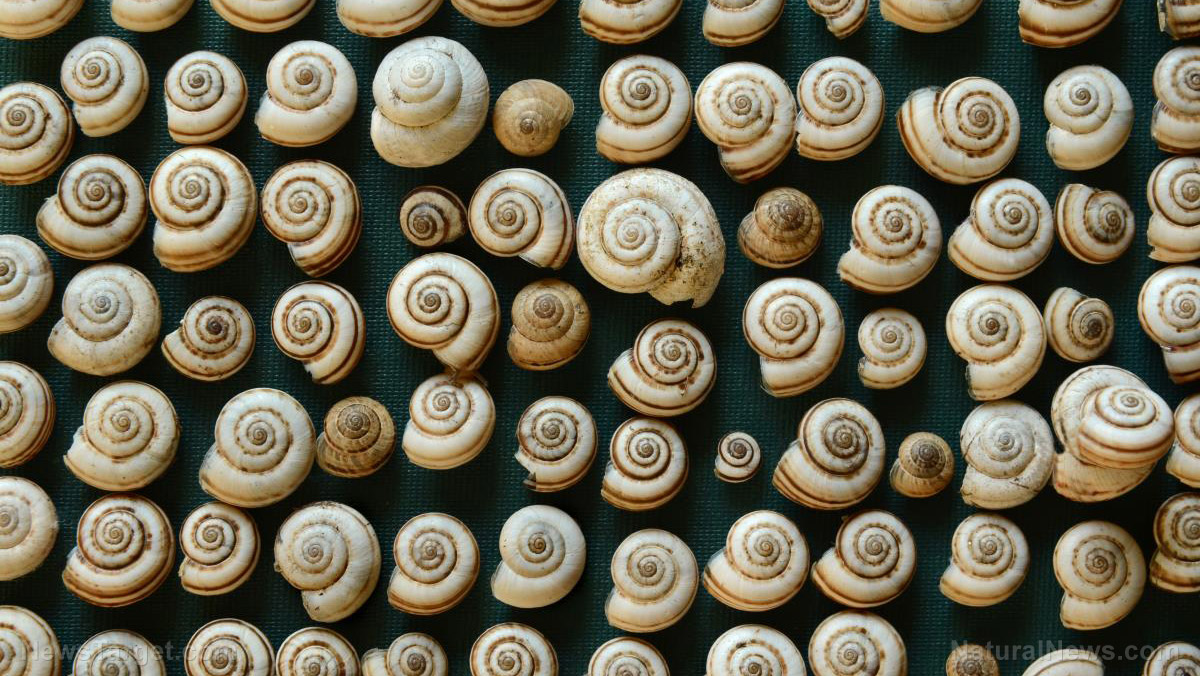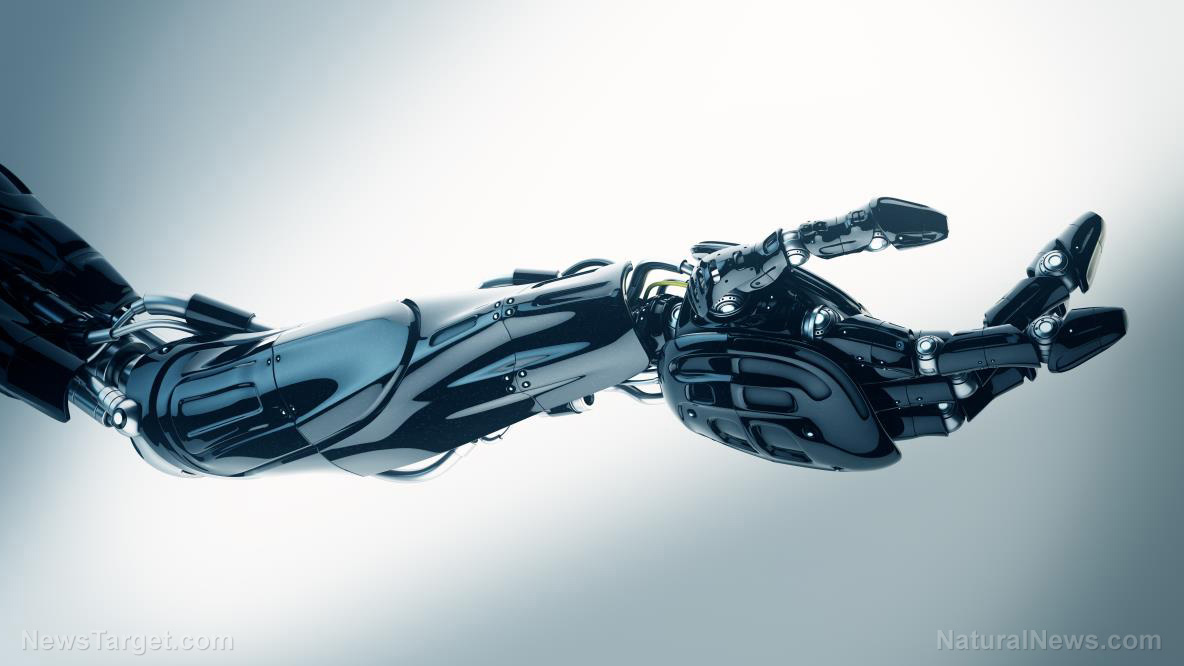Useful AND cute: Robot “duck” clears weeds and pests in Japanese rice fields
03/04/2020 / By Michael Alexander

In recent years, many farmers have turned to the use of dangerous and toxic commercially available pesticides to help keep their farms pest-free, even though these chemicals are known to cause not just problems in the environment such as water contamination and the poisoning of local wildlife, but also diseases and health problems in humans.
In a bid to do away with the negative effects of commercial pesticides, manufacturers have come up with other methods to help farmers raise more crops without resorting to toxic chemicals.
One method takes inspiration from an old Japanese tradition, wherein rice farmers would tap the services of several feathery companions — in this case, ducks — to help manage their paddies.
Raised on the rice paddies, the watefowls act as natural pest control, preying on insects that may infest and harm the precious crops. In addition, the ducks also discourage the growth of weeds by tearing their roots up with their constant paddling — an action that also oxygenates the water and soil, thus making it more nutritious for the rice seedlings. Furthermore, the ducks’ droppings also become an important source of natural fertilizer.
Now, an engineer working for the Japanese car brand Nissan has unveiled a plan to bring this traditional method of farm maintenance into the 21st century. The twist: he’s using a robot.
As reported by the tech website Nerdist, engineer Tetsuma Nakamura has developed a prototype of a robotic alternative to the feathery critters and is now testing his creation in the Yamagata Prefecture, in the northeastern part of Japan.
Dubbed Aigamo, after the breed of duck used in the ancient farming practice, the robot weighs 1.5 kg and is about the size of a standard robot vacuum cleaner. It acts like one too: A video, uploaded by Nissan on its official Japanese channel, showed the robot navigating the surface of a rice paddy like a Roomba.
According to Nakamura, the most difficult thing he encountered while building the robot was designing its rubber “feet.” Nakamura said he wanted something that could easily slip through the precious rice seedlings without pulling them out.
Nakamura explained that the robot duck, which uses a set of rechargeable batteries, is capable of connecting to WiFi and GPS networks in order to map out and navigate the rice paddies. It is also capable of using solar power.
There is one caveat, however: The “roboduck” won’t be mass-produced anytime soon, as there are currently no plans for its commercialization.
Those looking for a way to maintain their rice paddies without resorting to pesticides and other chemicals have another, more active and ultimately more fulfilling option: live ducks. (Related: Organic farming promotes better plant biodiversity.)
The practice, first documented 600 years ago in China, was perfected by the Japanese in the 1980s thanks to the efforts of Takao Furuno, a farmer from the Fukuoka Prefecture.
According to Furuno, who has written books on the method and even taught it to rice-growing countries such as South Korea, the Philippines, Vietnam, Thailand and Iran, farmers interested in implementing the Aigamo method in their farms will need the following:
- 15 to 20 ducks for every 1,000 square meters of farmland
- A shelter where the ducklings can rest and take refuge from the rain
- A fence to protect the ducks from dogs, cats, weasels
- Fishing line to ward off birds of prey
For more stories on sustainable agriculture, head over to OrganicFarming.news.
Sources include:
Tagged Under: agriculture, breakthrough, ducks, Ecology, ecosystem, farming, future science, future tech, goodtech, green living, innovation, insects, inventions, organic farming, robots, sustainable living
RECENT NEWS & ARTICLES
COPYRIGHT © 2017 INVENTIONS NEWS



















